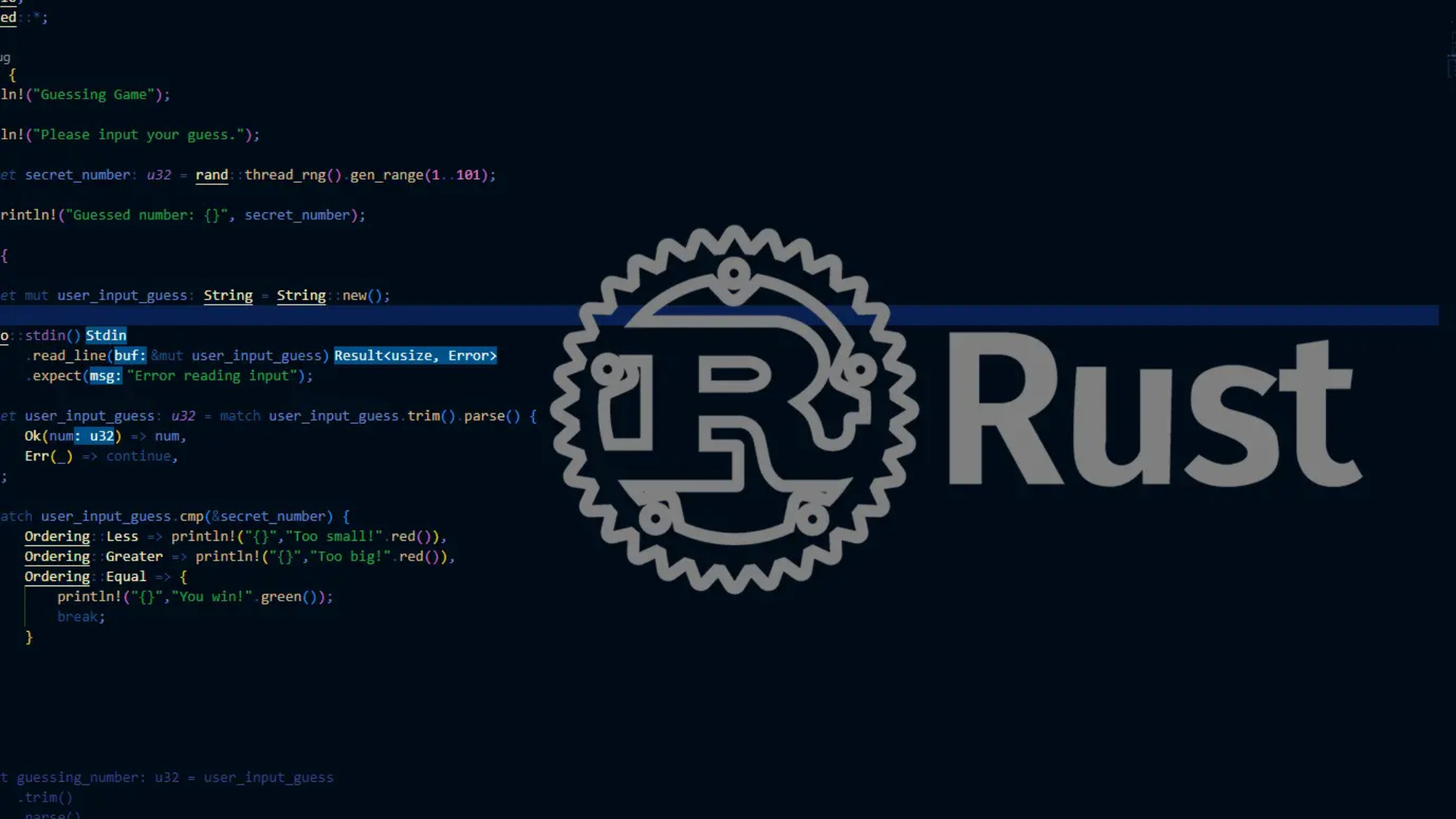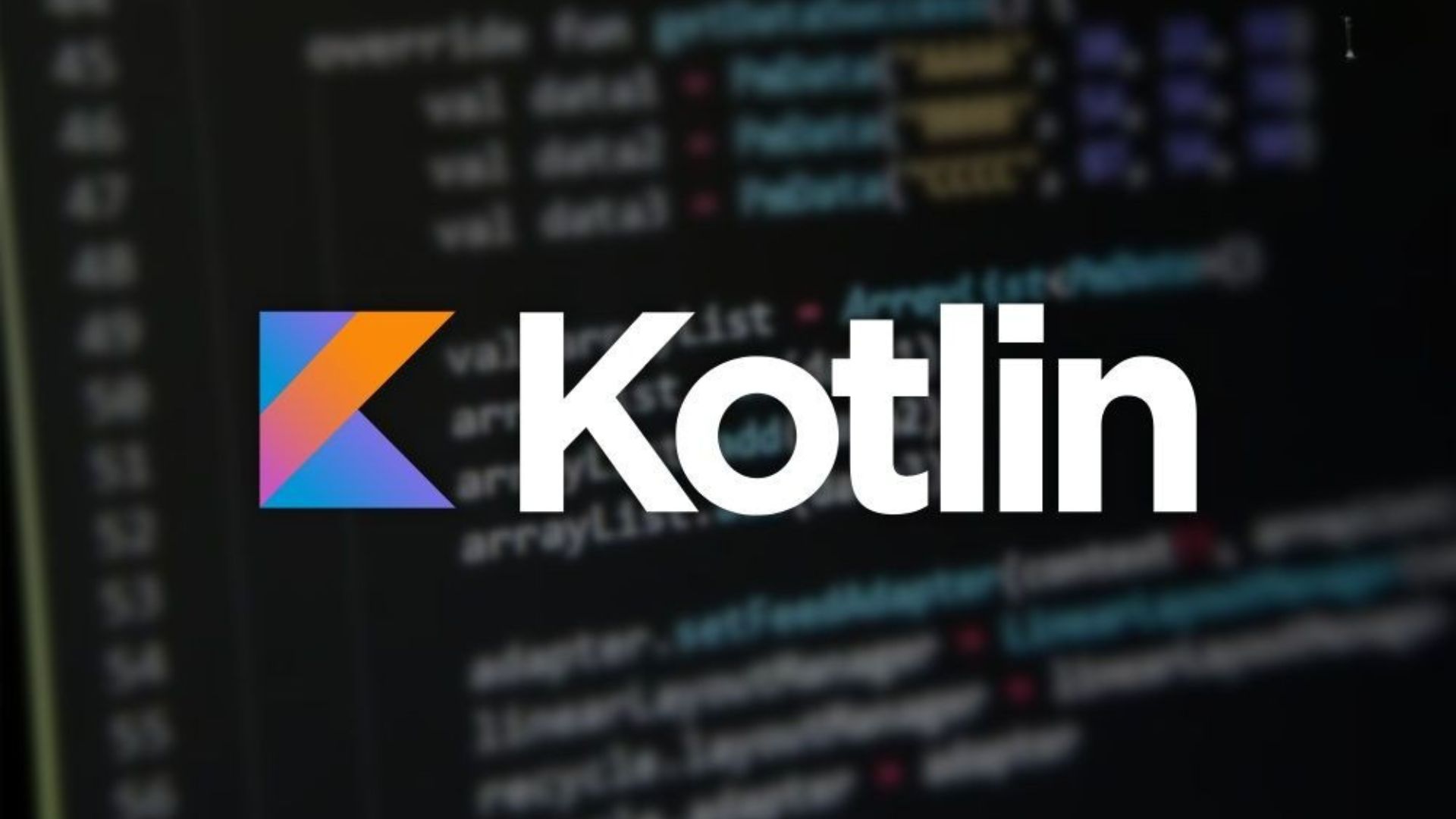
Rust: Comprehensive Systems Programming Language Analysis
Key Takeaway: Rust delivers C-like performance with memory safety guaranteed at compile time through its unique ownership and borrowing system. Its zero-cost abstractions, fearless concurrency model, and modern tooling make it ideal for performance-critical, memory-constrained, and concurrent applications—from operating systems and embedded devices to cloud services and game engines.
Introduction, data races, and buffer overflows—common pitfalls in C and C++ development.
Rust is a modern, general-purpose programming language that emphasizes performance, memory safety, and concurrency without a garbage collector. It was created by Graydon Hoare in 2006, formally sponsored by Mozilla Research in 2009, and achieved its 1.0 release in May 2015 under the stewardship of the Rust Foundation. Rust’s core innovation lies in its ownership and borrow checker system, which enforces safe memory access rules at compile time, preventing null pointer dereferences, data races, and buffer overflows—common pitfalls in C and C++ development.
Rust’s syntax, influenced by C and functional languages like OCaml, coupled with zero-cost abstractions, enables developers to write high-level code that compiles to efficient machine code via LLVM or alternative backends. Its ecosystem includes Cargo (package manager/build tool), Rustfmt (code formatter), Clippy (linter), and rust-analyzer (IDE integration), delivering a polished developer experience. Major industry adopters—Amazon, Google, Microsoft, Cloudflare, and Red Hat—leverage Rust for tasks requiring low-level control and high reliability.
History and Evolution
Early Development (2006–2012)
- 2006: Graydon Hoare begins Rust as a personal project at Mozilla, aiming to combine the performance of C/C++ with modern language features.
- 2009: Mozilla officially sponsors Rust; early compiler written in OCaml. The ownership system emerges to manage memory safely without garbage collection.
- 2012: Rust 0.1 publicly released on January 20 for Windows, Linux, and macOS; community contributions expand rapidly.
Consolidation and 1.0 Release (2012–2015)
- 2012–2014: Garbage collector removed in favor of refined ownership. Typestate and explicit
objkeyword dropped. The language stabilizes around structs, enums, traits, pattern matching, and macros. - 2014: Request for Comments (RFC) process introduced for language evolution. Core team governance model established.
- 2015 (May): Rust 1.0 released, committing to semantic stability and backward compatibility. Over 1,400 contributors and 5,000 crates on crates.io by the end of the year.
Adoption and Growth (2015–2020)
- Servo Collaboration: Mozilla and Samsung develop Servo browser engine in Rust, feeding performance insights back to the compiler. Firefox integrates Rust components in 2017.
- Corporate Sponsorship: Companies like Facebook, Dropbox, and Amazon invest in Rust; AWS open-sources Firecracker in Rust for microVMs.
- Tooling Maturity: Cargo, Rustfmt, Clippy, and rust-analyzer become staples; Rust’s six-week release cycle solidifies.
Foundation and Consolidation (2020–Present)
- 2020: Mozilla layoffs threaten the project; Rust Foundation formed in February 2021 with AWS, Google, Microsoft, Huawei, and Mozilla as founding members.
- 2021–2023: Governance reforms, trademark policies, and community code-of-conduct adjustments. Google adds Rust to Android Open Source Project; Linux kernel merges Rust support in 6.1 (2022) and Rust drivers in 6.8 (2023).
- 2024: U.S. White House endorses memory-safe languages, citing Rust’s role in secure software. Rust wins Stack Overflow’s “most admired programming language” award for the ninth consecutive year.
Language Design and Syntax
Ownership and Borrowing
Rust’s ownership model enforces single ownership per value, automatic resource deallocation when values go out of scope (RAII), and explicit borrow rules for references. This system prevents:
- Null pointer dereferences: No null by default.
Option<T>encodes optional values safely. - Dangling pointers: The borrow checker ensures references never outlive their referents.
- Data races: Exclusive (mutable) versus shared (immutable) references are enforced at compile time, eliminating concurrent memory hazards.
Example:
rustfn print_string(s: &String) { println!("{}", s); }
fn main() {
let s = String::from("Hello");
print_string(&s); // immutable borrow
// s remains valid here
}Zero-Cost Abstractions
Rust’s high-level constructs compile down without runtime overhead:
- Iterators: Chain
map,filter,collectcompile to optimized loops. - Enums & Pattern Matching: Tagged unions with efficient dispatch.
- Generics & Monomorphization: Compile-time type specialization avoids dynamic dispatch.
- Traits & Static Dispatch: Similar to C++ templates; no vtable overhead unless using
dyn Trait.
Concurrency Primitives
Rust’s concurrency model builds on ownership:
- Threads:
std::thread::spawncreates OS threads. - Message Passing: Channels for safe data transfer between threads.
- Async/Await: Asynchronous tasks powered by futures and executors (e.g., Tokio); memory-safe and efficient.
Example with channels:
rustuse std::sync::mpsc;
use std::thread;
let (tx, rx) = mpsc::channel();
thread::spawn(move || { tx.send(1).unwrap(); });
println!("Received {}", rx.recv().unwrap());Macros and Metaprogramming
macro_rules!for declarative macros (pattern-based code generation).- Procedural macros (
#[derive], function-like, and attribute macros) for custom code transformations. - Commonly used for
serdeserialization,asyncsyntax, and FFI bindings.
Safe FFI Interoperability
Rust’s extern "C" and #[no_mangle] support seamless interaction with C libraries. #[repr(C)] ensures predictable struct layouts. Tools like bindgen and cxx facilitate generating bindings.
Performance and Memory Management
No Garbage Collector
Rust avoids runtime GC pauses. Memory is managed deterministically via:
- Stack allocation for fixed-size values.
- Heap allocation through
Box<T>,Vec<T>,String—with controlled lifetimes. - Reference counting only when explicitly requested via
Rc<T>orArc<T>; standard references (&T,&mut T) are free of counters.
Borrow Checker and Lifetimes
Compile-time analysis ensures memory safety:
- Lifetimes track validity of borrows, preventing use-after-free.
- Lifetime elision simplifies common cases; explicit lifetimes annotate complex relationships.
Zero-Cost Memory Checks
- Bounds Checking: Array accesses include runtime checks, turned off in
--releasebuilds for speed. - Inlining and Optimizations: LLVM’s optimizations remove abstractions, reorder code, and leverage CPU features.
Profiling and Tuning
Rust’s tooling integrates with profilers:
cargo flamegraphandperffor identifying hotspots.valgrindandMirifor detecting undefined behavior.- WebAssembly target for performance-sensitive web modules.
Ecosystem and Tooling
Cargo—Build and Package Manager
- Dependency Resolution: Pull crate versions from crates.io.
- Workspaces: Manage multi-crate projects.
- Scripts & Custom Tasks: Automated testing, benchmarks, and documentation generation.
Clippy and Rustfmt
- Clippy: Over 700 lints for correctness, style, performance.
- Rustfmt: Configurable code formatter ensures consistency.
rust-analyzer and IDE Support
- Language Server Protocol: Autocomplete, inlay hints, refactorings in VS Code, IntelliJ IDEA.
- Doc Comments:
///generate HTML docs viacargo doc.
Continuous Integration
- GitHub Actions and GitLab CI templates pre-built for Rust.
- MSRV (Minimum Supported Rust Version) policies manage compatibility across crates.
Benefits for Agencies and Clients
- Unmatched Performance: Rust competes with C/C++ in speed and memory footprint, making it suitable for system-level and performance-critical services.
- Memory Safety Guarantees: Compile-time checks eliminate common bugs—segfaults, buffer overflows, data races—improving software reliability and reducing debug time.
- Control Over Resource Usage: No hidden GC pauses; predictable latency and throughput for real-time and embedded applications.
- Modern Language Ergonomics: Expressive syntax, powerful abstractions, and a robust standard library enhance developer productivity and retention.
- Cross-Platform Capabilities: Official support for major OSes, WebAssembly, and embedded targets expands deployment options.
- Growing Talent Pool and Community: Over 2.5 million Rust users globally; annual RustConf events and corporate sponsorships ensure long-term stability.
Drawbacks and Considerations
- Steep Learning Curve: Ownership, lifetimes, and borrow checker concepts require significant ramp-up time for teams unfamiliar with manual memory management.
- Compilation Times: Full builds can be slower than languages with incremental or JIT compilation; mitigated by incremental builds and caching.
- Ecosystem Maturity Variance: Some specialized crates may lack the maturity of established C/C++ libraries; vetting is essential for security-critical components.
- Runtime Size: Inclusion of the Rust runtime and standard library can produce larger binaries than minimal C/C++ equivalents.
- Toolchain Complexity: Multistage releases (nightly, beta, stable) and feature flags demand disciplined version management.
Key Use Cases
1. Operating System Kernels and Drivers
- Linux Kernel Rust Modules: First non-C language accepted as of Linux 6.1; drivers merged in 6.8.
- Redox OS, Theseus, Fuchsia: Experimental systems showcasing safety and performance.
2. Cloud Infrastructure and MicroVMs
- AWS Firecracker: Virtualization microVMs for serverless workloads.
- Google Cloud Hypervisor and Google’s gVisor: Secure isolation layers.
3. Web Services and APIs
- Actix Web, Rocket, Axum: High-performance web frameworks with async support.
- Cloudflare’s Pingora Proxy: Replaced legacy proxy for improved throughput.
4. Embedded Systems and IoT
- No-std Environment: Compile for bare-metal targets without standard library.
- RTIC Framework: Real-time interrupt-driven concurrency model.
5. Game Engines and Interactive Graphics
- Amethyst, Bevy: Data-driven, parallel game engines.
- wgpu & gfx-rs: Safe wrappers around GPU APIs (Vulkan, Metal, DirectX).
6. Command-Line Tools and DevOps
- Ripgrep, fd, bat: Drop-in replacements for grep, find, and cat with blazing speed.
- Exa, Delta: Modern file listing and diff tools.
7. Blockchain and Cryptography
- Polkadot, Solana Clients: Secure, concurrent network services leveraging Rust’s safety.
- Libp2p, Parity Ethereum: Network stacks and node implementations.
Conclusion
Rust strikes a unique balance of performance, safety, and developer productivity, positioning it as a future-proof choice for systems programming, backend services, and high-performance applications. Its ownership model eliminates entire classes of memory and concurrency bugs at compile time, while zero-cost abstractions ensure that developers need not sacrifice speed for safety.
For agencies, adopting Rust enables the delivery of:
- Low-latency, high-throughput services (e.g., proxies, microVMs, game servers).
- Robust, secure libraries for critical domains (cryptography, networking, embedded).
- Cross-platform solutions spanning servers, desktops, mobile, and embedded devices.
While the learning curve and build times warrant careful onboarding and tooling investments, the long-term gains—reduced debugging costs, increased maintainability, and confident concurrency—justify Rust as a strategic technology for demanding, mission-critical client projects. By integrating Rust alongside existing stacks (via FFI) or as a standalone service layer, agencies can deliver scalable, secure, and performant solutions that meet the highest standards of reliability and user experience.
reference:
